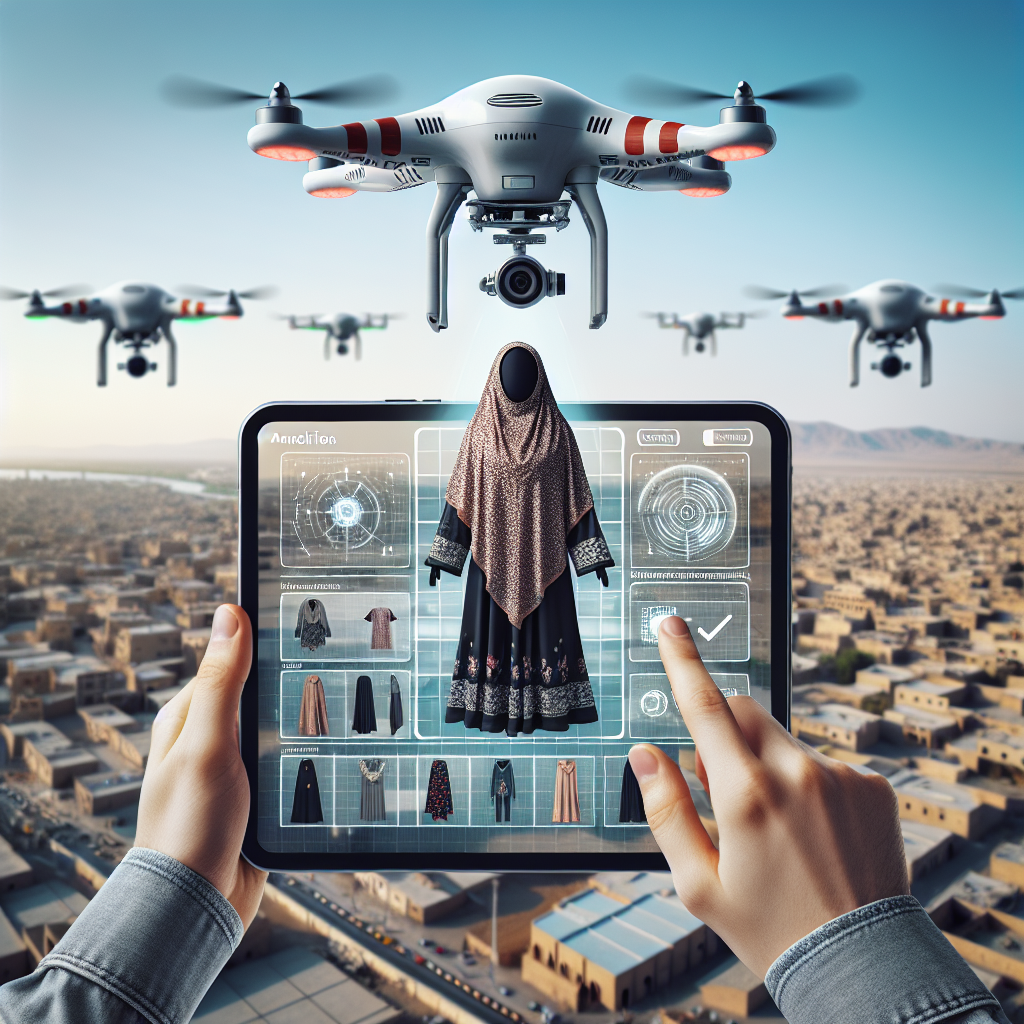Iran’s High-Tech Surveillance: Drones and Apps Targeting Hijab Violations
Iran’s High-Tech Surveillance: Drones and Apps Targeting Hijab Violations
Introduction
In a move that underscores the intersection of technology and social governance, Iran has ramped up its surveillance capabilities to enforce hijab compliance. This initiative leverages advanced technologies, including drones and mobile applications, to monitor and address violations of the country’s strict dress code for women.
Technological Tools in Use
- Drones: These unmanned aerial vehicles are deployed to monitor public spaces, capturing real-time footage to identify individuals not adhering to hijab regulations.
- Mobile Applications: Apps are being utilized to report and track hijab violations, allowing authorities to swiftly respond to non-compliance.
Government’s Justification
The Iranian government justifies this high-tech surveillance as a necessary measure to uphold cultural and religious values. Officials argue that these technologies enhance the efficiency of law enforcement and ensure adherence to societal norms.
Public Reaction
The implementation of these surveillance measures has sparked a range of reactions:
- Supporters: Some citizens view this as a positive step towards maintaining cultural integrity and public order.
- Critics: Others express concerns over privacy violations and the potential for abuse of power, arguing that such measures infringe on personal freedoms.
Implications for Privacy and Freedom
The use of drones and apps for surveillance raises significant questions about privacy and individual rights. Critics warn that this could set a precedent for increased governmental control over personal lives, potentially leading to broader implications for civil liberties.
Conclusion
Iran’s deployment of high-tech surveillance tools to enforce hijab compliance highlights a complex interplay between technology, governance, and individual rights. While the government views these measures as essential for cultural preservation, the broader implications for privacy and freedom remain a contentious issue. As this situation unfolds, it will be crucial to monitor how these technologies impact Iranian society and the balance between state control and personal liberties.

















